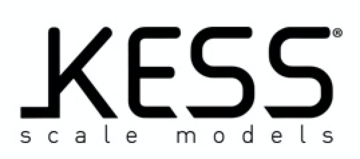

Peter Monteverdi, a descendant of composer Claudio Monteverdi, first made his name as a racecar driver and he also built, sold, and raced a number of "specials" called MBM.
Monteverdi was a Swiss brand of luxury cars created in 1967 by Peter Monteverdi (1934–1998) and based in Binningen on the southern edge of Basel, Switzerland. Monteverdi produced a series of exclusive high-performance luxury sports and touring cars. In 1992, Monteverdi tried to re-enter the car scene with the Monteverdi Hai 650 F1 with no success. Two prototypes have been built, all residing in the Monteverdi Museum in Basel.


Headquarters: Binningen, Switzerland, 1967-1982/1992-1995




HAI

set of hai 450 red and brown https://www.youtube.com/watch?v=QGXQlmWaUtI














1967-1982/1992-1995







Create Your Own Website With JouwWeb